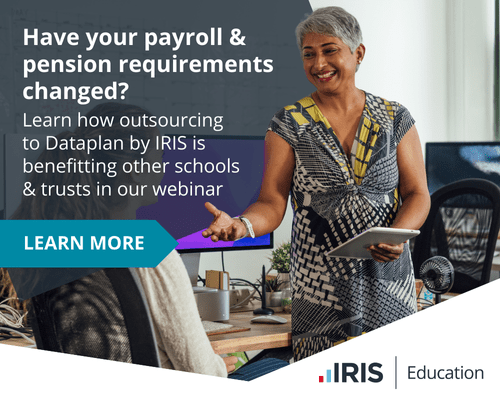
Following this summer’s GCSE results, the gap between disadvantaged pupils and their peers is the widest seen in a decade, and it is only getting wider
The effects of the COVID-19 pandemic are still being felt by disadvantaged students who have little to no access to technology or devices to support online learning and often spent less time learning compared to their peers with easier access to technology.
The recent rise of energy bills and food shortages are also having a lasting impact on students. Families that are facing mounting pressures from the cost-of-living pressures are not necessarily eligible for free school meals; only 1.9m children are eligible, according to government guidance and this represents just 22.5% of pupils. Yet, 40% of households claiming universal credit in the UK earn over the maximum income for free school meals, which means a huge amount of children are going hungry – and this has an impact on their grades as hunger can make it difficult to concentrate in lessons.
So, how can SBLs help to close the widening disadvantage gap?
Accessibility
Prioritising accessibility in your school can have a major impact on student performance. Making sure that all relevant learning resources and class discussions are equitably available will help pupils to avoid falling behind in their studies through a lack of access.
Technology
Using technology in your school can also improve students’ learning and close the disadvantage gap. The ‘gamification’ of learning software enables students to learn whilst playing games based on curriculum subject. These programs provide student data to indicate the areas where individual students are struggling, helping teachers to provide specific support for each pupil’s needs.
Technology also helps students to study on the go, as we saw in the pandemic where students had to adapt to online learning from home. However, for disadvantaged students this could, in fact, widen the gap between them and their peers as they may have little to no access to technology to support this online learning. SBLs have a major role to play in seeking to allocate funding to redress this balance.
Attendance
According to data from the Department for Education, children from disadvantaged backgrounds are much more likely to be persistently absent; a report published by the Education Data Lab identified a significant relationship between school absence rates and pupils’ Key Stage 2 scores. In the report, every percentage point increase in school absence is associated with a drop of around 0.34 scaled score points in reading and maths, indicating a clear link between attendance and attainment.
By working with students and parents to encourage attendance you can work to maximise the chances for all of your students. There are several ways to do this, including:
- Following up on all absences and lateness to identify reasons and any barriers students are facing when attending school.
- Contacting parents and carers regarding absences.
- Reviewing attendance on a weekly basis in order to share data, identify issues and act early.
Culture
An Education Policy Institute report states that making sure school staff have a positive mindset that encourages growth can help close the disadvantage gap and lead to significant benefits for students, including an extra two-thirds of a GCSE grade – improving their lifetime earnings by over £6,000. It is important to remember that having a positive mindset doesn’t stop at the school gates; it must also continue at home.
Disadvantaged students often spent less time with their parents and so may receive less support in their learning. To support these students, schools can engage with parents and local communities by sharing tips and resources to help with home learning students and SBLs can be key in facilitating this.
As the disadvantage gap continues to grow in the UK, and the government refuses to extend the eligibility of school meals, SBLs must look to their communities to close it. Staff and communities can play a pivotal role by providing accesible learning resources and technology to support student learning and build a positive mindset for growth.



Be the first to comment